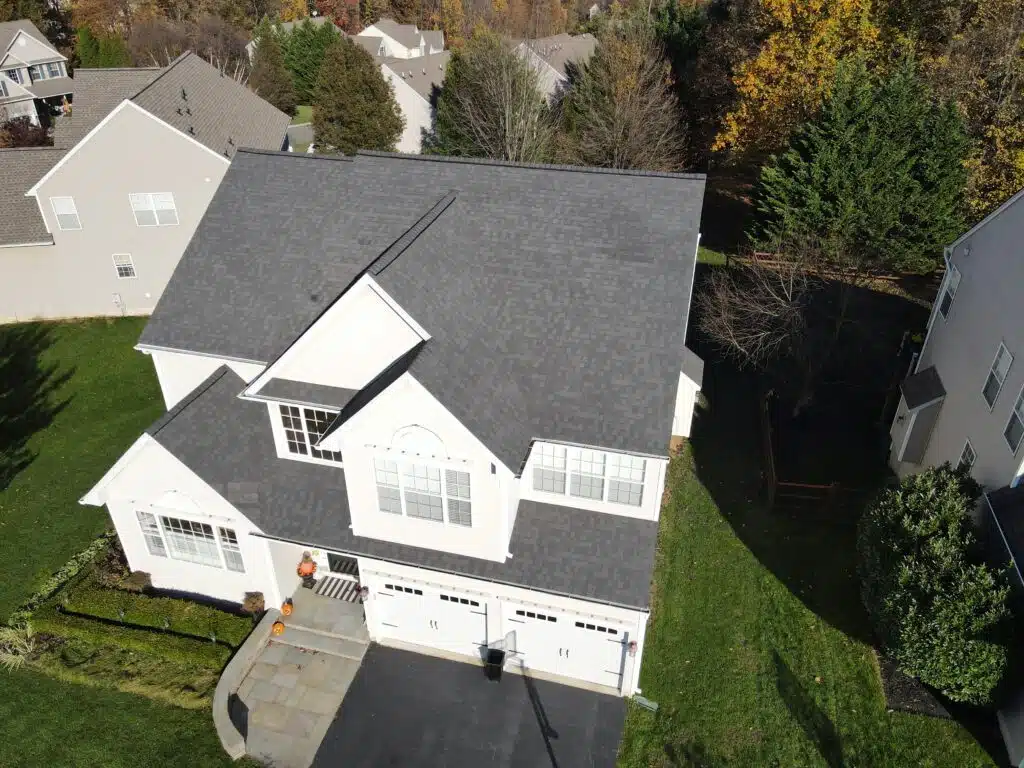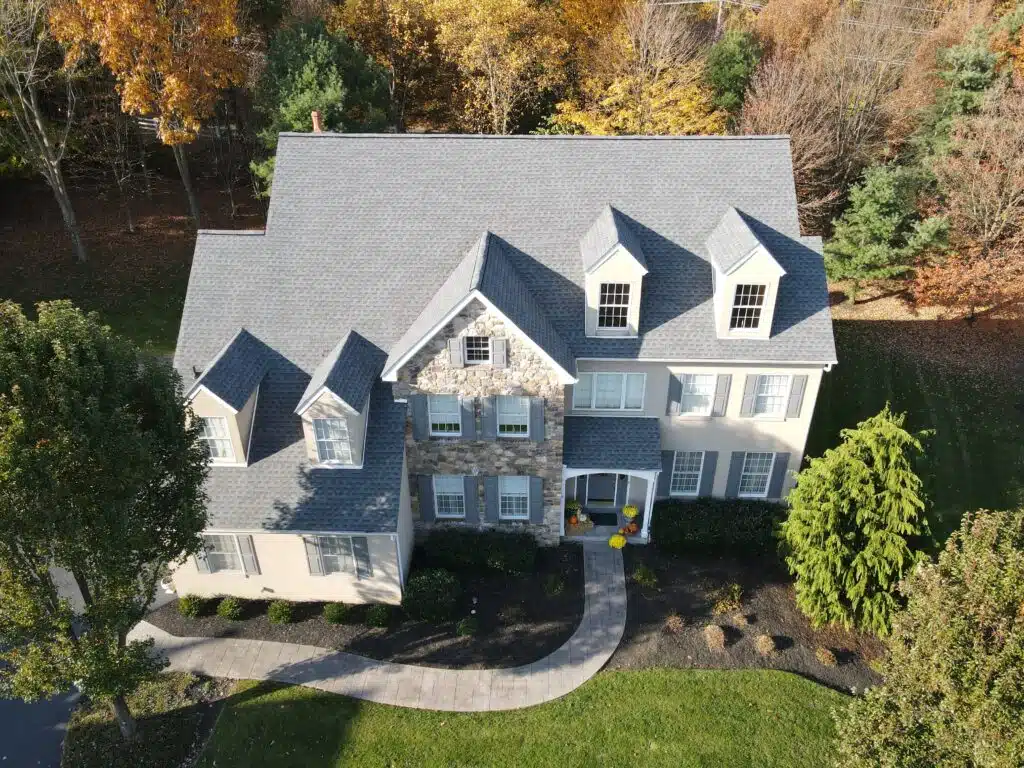Roof leaks are a common issue that many homeowners face, and one of the primary culprits is flashing failure. Flashing is the material—typically made of metal—used to seal and protect joints and seams on your roof from water infiltration. When flashing fails, it can lead to significant water damage, costly repairs, and even structural issues if left unchecked. Understanding why flashing failures occur and how to prevent them is key to maintaining a leak-free roof.
What Causes Flashing to Fail?
Flashing can fail for several reasons, often due to poor installation, aging materials, or weather-related wear and tear. If flashing is not installed correctly or if substandard materials are used, it may not provide a proper seal, allowing water to seep through. Over time, exposure to the elements—such as heavy rain, snow, and high winds—can cause the flashing to deteriorate, crack, or dislodge. Additionally, the natural settling of a home can create gaps where flashing was once tightly sealed, leading to leaks.

Signs of Flashing Failure
Recognizing the signs of flashing failure early on can help prevent more serious roof leaks. Some common indicators include:
Water Stains: Visible water stains on ceilings or walls often point to a flashing issue.
Mold or Mildew: The presence of mold or mildew around the roofline or inside the home can be a sign that water is infiltrating through failed flashing.
Drips or Damp Spots: Active drips or damp spots in the attic or along the roofline suggest that water is getting through where it shouldn’t.
Rust or Corrosion: Rusty or corroded flashing, especially around chimneys, vents, and skylights, can indicate that the material has deteriorated and is no longer effective.
3. How to Prevent Flashing Failures
Preventing flashing failures starts with proper installation and regular maintenance. Here are some tips to keep your flashing in top condition:
Professional Installation: Always hire a qualified roofing contractor to install or replace flashing. Proper installation is critical to ensuring a tight seal and long-lasting protection.
Regular Inspections: Schedule regular roof inspections, especially after severe weather, to catch any potential issues with flashing before they become major problems. A roofing professional can spot early signs of damage and make necessary repairs.
Prompt Repairs: If any signs of flashing failure are detected, address them immediately. The longer you wait, the more extensive and costly the repairs can become.
Quality Materials: Invest in high-quality flashing materials that are designed to withstand your local climate and weather conditions. While this may involve a higher upfront cost, it can save you money in the long run by reducing the likelihood of leaks.

When to Call a Professional
If you suspect your flashing is failing or if you’ve noticed signs of a leak, it’s important to call a professional roofing contractor right away. Attempting to repair flashing issues yourself can lead to further damage if not done correctly. A professional will have the tools and expertise to properly assess and fix the problem, ensuring your roof remains watertight and your home is protected.
Flashing failures are a leading cause of roof leaks, but with proper care and attention, they can be prevented. By understanding the causes of flashing failure and taking proactive steps to maintain your roof, you can avoid costly repairs and keep your home safe from water damage.
For homeowners in Pennsylvania, particularly in areas like Kennett Square, Glenn Mills, Paoli, and beyond, Storm Tech Roofers is the trusted name for all your roof repair needs. With a team of experienced professionals, Storm Tech Roofers can help you address flashing failures and any other roofing issues quickly and effectively. Contact Storm Tech Roofers today to ensure your roof is in top condition and ready to protect your home from leaks.
